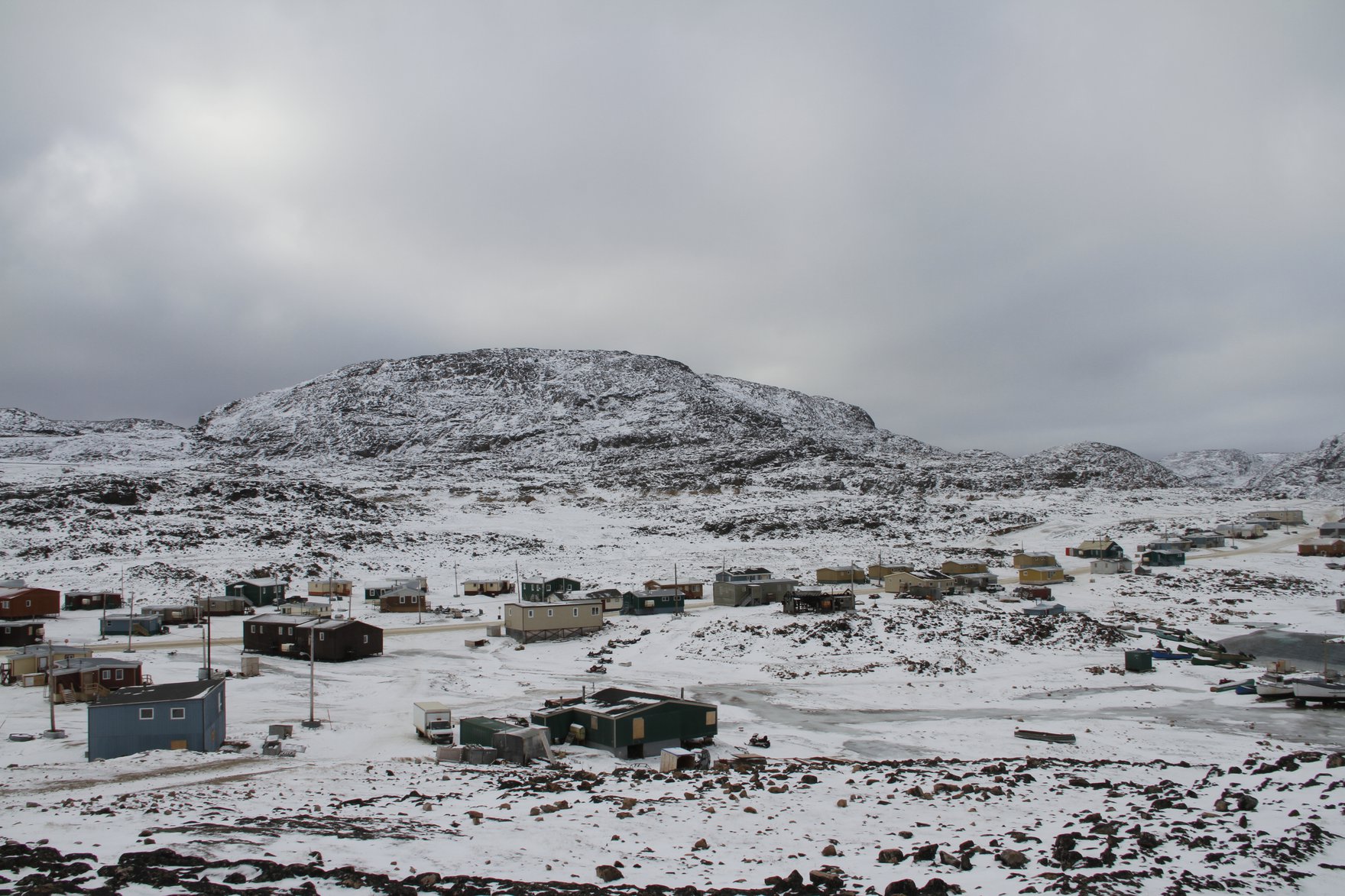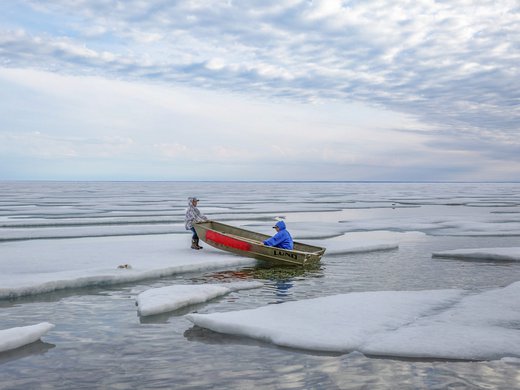In the lead up to the next federal election, we can expect increasing commentary about what the Trudeau government has and hasn’t done. Those who watch Arctic issues and related policy discussions will be assessing this government’s contributions to Canada’s North and their engagement with the people who live there. Arguably, the federal government’s Northern decisions and actions could be described as intermittent sparks that have yet to produce a flame.
In late 2015, when the Liberals were forming government, there was a sense of optimism, a feeling that a new era of more inclusive and participatory governance might be dawning. The media dubbed it “sunny ways.” For people interested in Canada’s North, however, this optimism was moderated by an awareness that the opportunities and challenges for this region were not part of the Liberal election platform, and it was unclear whether the North would assume a place in the government’s already full agenda.
Later, in the spring of 2016, there was a spark of interest when the United States and Canada released a statement that recognized the need for a “shared Arctic leadership model.” Shortly after this statement, Mary Simon, a well-respected diplomat and Northern leader, was appointed a special representative by the minister of Indigenous and Northern Affairs, Carolyn Bennett, and tasked with leading a process of engagement to provide advice to the federal government on the development of this new Arctic leadership model. The initial timeline for the process was tight — a final report released by the fall of 2016 — but there was some comfort in the government’s commitment to engage Northerners and in the potential for this model to serve as a building block for a new Canadian Arctic strategy.
In December 2016, only a month before Donald Trump would be inaugurated as president, former US President Barack Obama and Canadian Prime Minister Justin Trudeau released the “United States-Canada Joint Arctic Leaders’ Statement.” Many saw this as an attempt by Obama to protect his climate change legacy from the next administration.
The statement is best remembered for announcing a moratorium on oil and gas licensing in the vast majority of US waters in the Chukchi and Beaufort seas and Canada’s Arctic waters. This moratorium was controversial in Canada, not only because it pitted conservationists against those who foresaw economic opportunities for the North from this industry, but also because the decision was taken quickly and unilaterally by the federal government. This move called into question the veracity of the federal government’s commitment to inclusive decision making, and it strained relations with many Northern governments and organizations.
Tucked into this same statement was a commitment to develop a new “Arctic Policy Framework” (APF) for Canada — a second spark of interest. This new framework would replace the domestic and foreign policies for the North established under Stephen Harper’s government and — for any policy wonks — it was a welcome sign that the opportunities and challenges facing Canada’s North might find a real place on the federal government’s agenda.
The process launched to develop this new policy framework was ambitious as well. It sought to engage all relevant federal departments, Northern governments, Indigenous organizations, experts and other stakeholders. The overall message was that the framework would be comprehensive and that goals and priorities would be set with Northern partners.
The initial expectation was that the framework would be released in the fall of 2017, but, as of today, the APF is still a work in progress. The execution of a co-developed policy has turned out to be far messier and more complicated than perhaps anticipated. Ultimately, a desire to keep partners engaged appears to have superseded the pressure to release a completed policy framework.
The release date for the APF has not been announced, but presumably there will be substantial pressure to deliver something in advance of next year’s election. If the federal government is serious about putting the health and prosperity of Canada’s North on its agenda, there are three things to look for in the release of the framework:
An implementation plan: The APF will provide high-level goals and priorities, like any good policy framework. Northerners have seen these broad, ethereal commitments from the federal government before — but policy statements need to be translated into concrete actions with mechanisms for measuring success.
Funding: Whenever governments launch a new initiative, it’s worth considering whether there is the possibility of new money or whether commitments will be met using existing funds. There is nothing wrong with redirecting existing funds, but if there is no potential for new money, the government is signalling the initiative’s lower priority and departments are likely to undertake the work in a very different way.
Governance: The federal government deserves credit for taking co-development of the APF seriously. Of course, there is always room for improvement, and one hopes, the successes and failures of this process can inform the future work of this and other initiatives. But is this the end? Once the APF is released, will federal government leaders pat themselves on the back for a job well done and then move on to the next priority or crisis? Sustained governance mechanisms to share information, coordinate efforts, and monitor and evaluate progress are necessary.
Canada’s North and the people who call it home deserve a meaningful place on the federal agenda. The APF is an important step in the right direction, but it should not be considered an end result. Ongoing political attention and significant investment are needed to realize the North’s potential. The question remains: Will the APF be another isolated spark, or will we finally see a flame?




